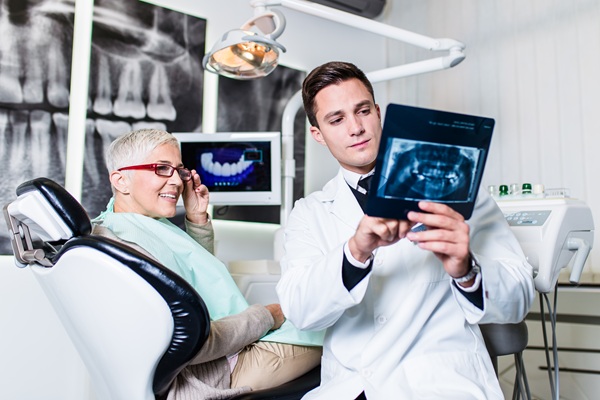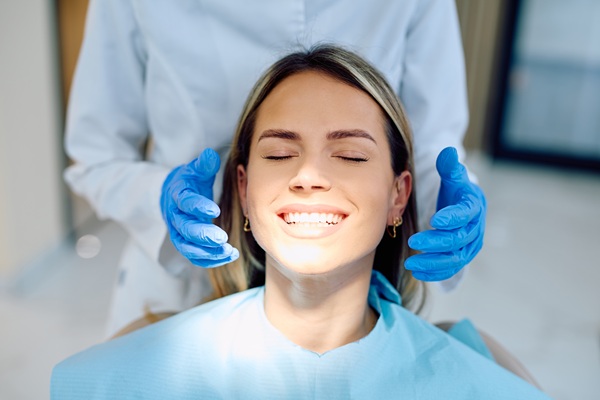What to Expect Before, During, and After a Tooth Extraction
In many dental care journeys, may be necessary to address concerns such as severe decay, overcrowding, or infection. This procedure can feel intimidating, but knowing what to expect helps ease anxiety and encourages positive results. By becoming familiar with each stage, patients often experience greater comfort and confidence when scheduling an appointment.
What to do before a tooth extraction
A successful tooth extraction begins with a thorough evaluation of oral health. Dentists typically conduct an exam and may use X-rays to determine tooth alignment, root structure, and proximity to nerves or sinuses. These insights help the dental team select the most appropriate technique, reducing the possibility of complications.
Open communication with the general dentist is important during this phase. Sharing details about any medical conditions, such as heart ailments, immune deficiencies, or diabetes, allows the dentist to tailor the treatment plan accordingly. Providing a list of current medications, including prescription drugs and supplements, helps prevent adverse reactions. Mentioning allergies, particularly to anesthetics or antibiotics, is equally significant.
If sedation or general anesthesia is necessary, the dentist may recommend avoiding foods and drinks for a few hours before the appointment. This precaution helps minimize risks during the procedure. Planning transportation in advance can also be helpful since operating a vehicle immediately after sedation is often discouraged.
What happens during a tooth extraction
When the tooth extraction starts, local anesthesia, sedation, or general anesthesia is administered to ensure comfort. Local anesthesia numbs the tissues around the tooth, while sedation or general anesthesia lowers awareness or induces a relaxed sleep-like state. The decision depends on factors such as the complexity of the extraction and the patient's level of anxiety.
For a straightforward case, the dentist gently loosens the tooth by rocking it back and forth, then removes it with forceps— a simple extraction. A surgical approach may be required if the tooth is impacted, broken, or difficult to access. This technique— a surgical extraction— might involve creating a small incision in the gum or splitting the tooth into sections to simplify removal. Pressure is common, but the anesthesia should keep pain to a minimum. Once the dentist removes the tooth, they clean the site and place stitches, if necessary. Lastly, the dentist will apply gauze to the site to manage bleeding and allow a blood clot to form.
What to expect after a tooth extraction
Care following a tooth extraction is integral to ensuring proper healing and reducing complications. Dentists usually provide a list of recommendations, which often include the following:
Managing bleeding
Slight bleeding is normal for the first 24 hours. As mentioned, the dentist will apply gauze to the site and ask them to bite down for 30 to 45 minutes following the tooth extraction. If bleeding persists, fresh gauze and gentle pressure can help, as well as elevating the head during rest to support clot formation.
Minimizing swelling and pain
Applying a cold compress to the outside of the face near the extraction site can reduce inflammation and provide relief. Over-the-counter or prescription pain medications, taken according to the dentist's instructions, are often effective for pain management. Further, patients should rest and avoid rigorous exercise for at least 24 hours to avoid complications.
Preserving the blood clot
A stable blood clot is essential for healthy recovery. Activities that dislodge the clot, such as vigorous rinsing, spitting forcefully, or drinking through a straw, can lead to a dry socket, a painful complication. Dentists usually recommend a mild saltwater rinse after the first 24 hours, helping keep the area clean without disturbing the healing process.
Maintaining oral hygiene
Continuing to brush and floss is crucial, but gentle care is advisable around the extraction site. The dentist may suggest avoiding flossing around the area altogether. Again, warm salt water rinses can help remove debris and bacteria without irritating the area. By keeping the mouth clean, patients reduce the likelihood of infection and promote faster healing.
Adjusting diet
Soft foods, like yogurt, blended soups, or mashed vegetables, typically cause less irritation. Chewing on the opposite side of the extraction site and avoiding too hot or heavily spiced items can further protect the sensitive area. Further, staying hydrated by drinking water throughout the day also assists in a smooth recovery.
Call us for more information
Tooth extractions may feel daunting, but proper knowledge and preparation can bring reassurance and smoother results. If you are having problems with a tooth or have questions about this procedure, contact Rivers Family Dentistry. Our team is here to help.
Request an appointment here: https://www.riversdentistry.com or call Rivers Family Dentistry at (979) 710-2216 for an appointment in our Bryan office.
Check out what others are saying about our dental services on Yelp: .
Related Posts
Tooth extraction comes in different forms and for different reasons. This is not ordinarily the method that dentists prefer, but in some cases, removing a tooth is the right treatment. Often, a tooth is already in place when the dentist needs to remove it. However, a tooth can also be impacted and still require an…
Tooth extraction is typically used as a last resort when a tooth is too damaged to be repaired. Wisdom teeth are the exception to this practice because they are the only set of teeth that most people do not need. However, dentists often recommend extracting wisdom teeth even if they are healthy, and it is…
If you are considering a wisdom teeth removal in Bryan, call our office and schedule a consultation. Not everyone needs to have their wisdom teeth removed. If there is room in your mouth for this third set of molars and they grow in properly, you could continue to live with them without experiencing any irritation.…
When a dental emergency hits, it is important to know where to go to access the right care. An emergency dentist is often the right provider, although life-threatening emergencies require a trip to the emergency room. Learning when to go to the emergency dentist versus the emergency room can save you time, money, and discomfort.…


